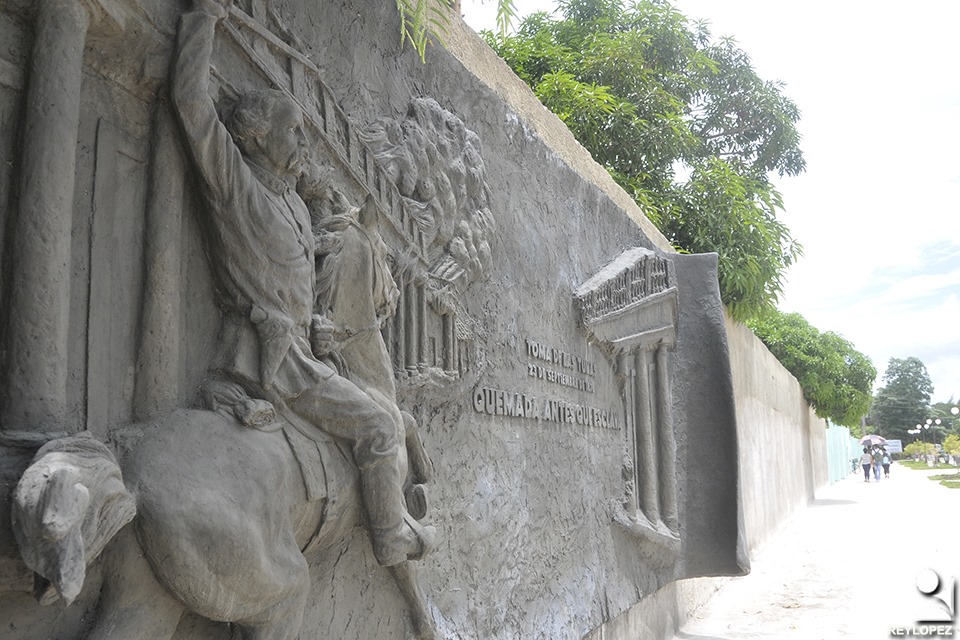
The execution of a 50-meter-long historical-sculptural mural that recreates fundamental historical events of the province on the facade of the El Mambí agricultural market, on Francisco Varona Avenue, awakens the expectations of passersby.
 Las Tunas, Cuba.- Halfway through its completion, 26Digital wanted to get closer to learn a little about the progress of this remarkable work.
Las Tunas, Cuba.- Halfway through its completion, 26Digital wanted to get closer to learn a little about the progress of this remarkable work.
The mural deals with topics ranging from the aborigines to the present day. In what has already been carried out, the first slave rebellion on the island, which occurred in the municipality of Jobabo, is represented; the taking of Las Tunas, by Vicente García; the battle of Palo Seco, directed by Máximo Gómez; and other events, some of which are accompanied by the date when they occurred.
According to Nover Olano, Armando Rivero, Leandro M. Olano and Raidel Planells, its creators, they are now working on a second phase, corresponding to the workers' struggles in the territory. They will also reflect the combat of Tana, starring Column 8, Ciro Redondo, commanded by Ernesto Guevara; the entrance of Fidel to Las Tunas, on January 4, 1959; and finally, the achievements of the revolutionary stage in sectors such as Education, Culture, Sports and Health.
Olano, one of the authors, explains that the treatment of the pieces requires meticulousness. “It is a long and complex process that begins with clay modeling. On a platform in that material we make up the figures, many of them even resemble each other and we must differentiate them. Then we make the molds and we cast it in cement,” he explained.
 The also president in the province of the Advisory Council for the Development of Monumental and Environmental Sculpture (CODEMA), added that among the distinctive characteristics of the mural is high relief and complexity, which are committed to achieving its visibility at a certain distance and harmony with the environment.
The also president in the province of the Advisory Council for the Development of Monumental and Environmental Sculpture (CODEMA), added that among the distinctive characteristics of the mural is high relief and complexity, which are committed to achieving its visibility at a certain distance and harmony with the environment.
To achieve a reliable artistic fruit, the architects had to previously document themselves and consult specialists like Víctor Marrero, the Historian of the City, and Carlos Tamayo, researcher of allegorical themes at the Balcón de Oriente (Balcony of Eastern Cuba, one of the nicknames of Las Tunas, related to its geographical location).
“We were summoned by comrade Ariel Santana Santiesteban, former first secretary of the Cuban Communist Party in the province, and it has been a great experience. I know that present and future generations will appreciate this work for helping to spread our story. For this reason, despite the fact that we have had problems with materials, we have not lost our passion and we demand more and more of ourselves,” said Armando Rivero.






